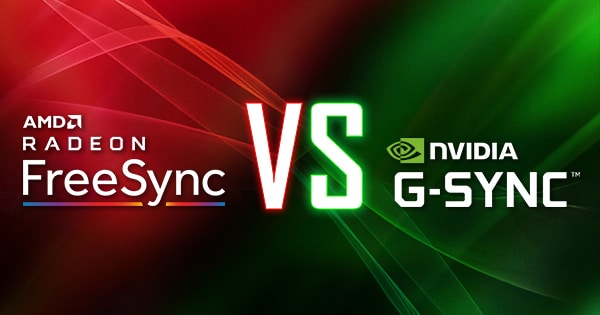It was on the table ... no one is going to invest millions in R & D and then give the tech away .... AMD could have any nVidia tech they want, just have to ante up and pay the piper. AMDs mindset however seems to be that ... "Well if we wanna license the tech ... nVidia will have a cost advantage and that's "always been our thing" . Instead they do an alternate technology... call it something similar and take the "fake news" approach, telling everyone it's the "same thing at lower cost " ... and only the 2nd part is true. Case in point ... Freesync:
A detailed look at variable refresh rates (VRR) including NVIDIA G-sync, AMD FreeSync and all the various versions and certifications that exist

www.tftcentral.co.uk
With Freesync, no MBR tech / Scaler lag / Overdrive issues as refresh rate changes / HDR Certification questionable on some models / No FALD / Lower Refresh rates on same panels
Of course, using more high end tech has downsides as G-Sync has less cable connection options / costs more / by not using scaler, can't to popular TV options like PiP
And yes, I always kept the old card when upgrading... using then old card for PhysX was more than fine. GPU utilization was very low ... was way more card than needed.






 .
.